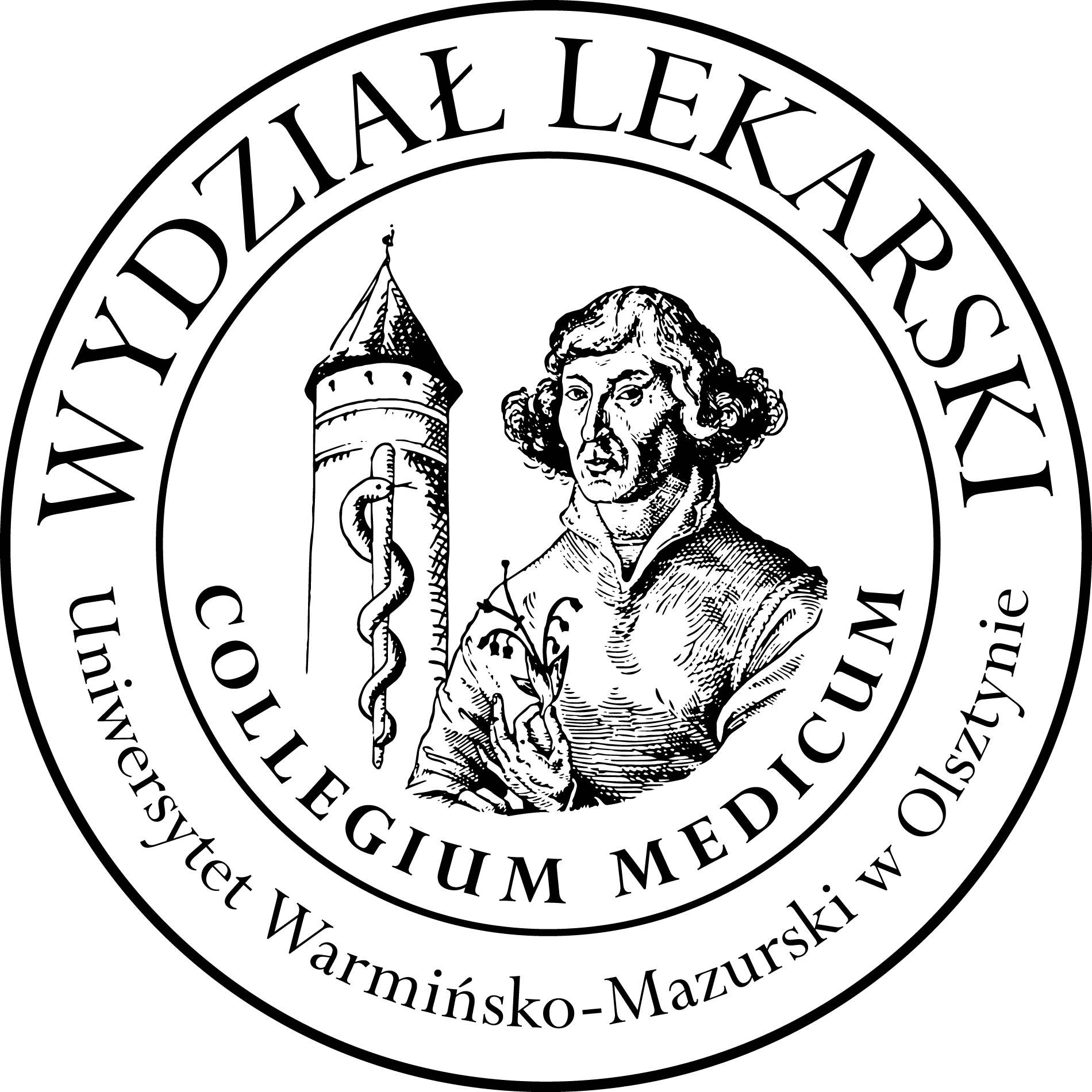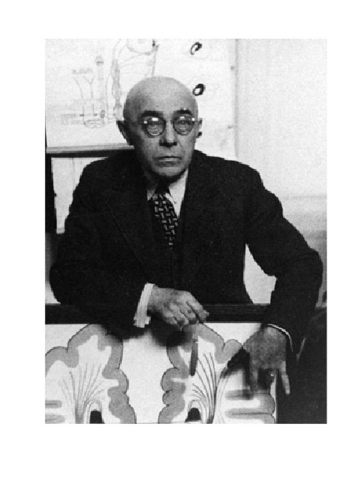Kazimierz Orzechowski
Kazimierz Orzechowski was born on February 5, 1878 in the town of Przemyśl, which at that time was in the Austro-Hungarian Empire into a noble family. He was the son of Zygmunt Orzechowski – officer of The Austro-Hungarian Army and Helena née Ptaszek. In 1896 he graduated the secondary school in his hometown and started to study medicine in Lvov. During the study he worked at Hygiene Workshop under Stanisław Bądzyński – the famous Polish physiologist and chemist.
Orzechowski got a medical degree in 1902 and started to work in the hospital in Lvov. After several months he went to Vienna – the capital of the Austro-Hungarian Empire. Initially in Vienna, Orzechowski worked as a general practitioner. Then he was admitted as an intern to the Second Medical Clinic of the University of Vienna directed at that time by Edmund von Neusser, as well as at Neurological Institute the University of Vienna and Psychiatric Clinic headed by Richard von Krafft-Ebing and after his death (in 1902) by Julius Wagner-Jauregg – subsequent winner of the Nobel prize (in 1927). In 1904, Orzechowski started to work at the Neurological Institute led by Heinrich Obersteiner – the famous neuroanatomist and neurologist, initially as demonstrator, and then - from 1905 to 1909 - as an assistant. At that time Orzechowski performed his first scientific research, which concerned histological structures of neoplasms in the subarachnoid space. The results of this study were presented during meetings of the Psychiatric Society in Vienna. Moreover, in 1907 Orzechowski also worked at a clinic headed by Lothar von Frankl-Hochwart – the specialist in the field of pituitary disorders, brain tumors and the pathogenesis of tetany.


In 1909 Orzechowski came back to Lvov and became the head of the Department of Neurological and Mental Disease at the Country General Hospital, where worked to 1920. Orzechowski proved to be a good organizer and in a few months he transformed the greatly neglected department into a very modern clinic. In 1910 Orzechowski obtained a postdoctoral degree in the anatomy of the nervous system and started to work as assistant professor of neuropathology (without the right to remuneration) at the Faculty of Medicine at Lvov University, where he created the workshop of anatomical and histological researches on the central nervous system. His responsibilities included histological examinations and the education of students and other surgeons in this field.

During World War I, when the Russian Army took and occupied Lvov, the university found itself in a tight place. The clinic of the Faculty of Medicine was converted into a military hospital. Orzechowski was coerced to stop the histopathological examinations due to a lack of funds for chemical reagents. After the war he mentioned that one day someone even stole alcohol from the jars with brains for examination and as a consequence of this all biological material was wasted. Nevertheless, Orzechowski did science during the war. He studied the neurological aspects of dermal and muscular diseases and the tetany epidemic, which appeared around Lvov in 1915. At that time Orzechowski was also a neurological consultant at the Red Cross Hospital, and in 1915 he performed the duties of the head of the department of Neurology (from 1915 to 1919). After the war, in 1919 Orzechowski was appointed an associate professor, and in 1920 – a full professor.
In the spring of 1920 the faculty council of the Faculty of Medicine of Warsaw University invited Kazimierz Orzechowski to organize from the ground up and take the lead of the Department and Clinic of Neuroscience.
Orzechowski perfectly fulfilled his role and in the short term department of Neurology (located at VI pavilion of Baby Jesus Hospital) consisted of 4 large multi bed room, 8 double rooms, 4 rooms for examinations, library, professor’s and assistants’ offices and administrative rooms. After some years, chemically-microscopic, micro-photographic and histopathological laboratories were founded.

After the death of Edward Flatau in 1932, Orzechowski took over his legacy and became the head of the Department of Neurobiology at the Nencki Institute of Experimental Biology and the Neurosurgical Department at the Trauma Institute in Warsaw. In 1935, together with Jerzy Choróbski, Kazimierz Orzechowski, he organized the first Clinical Department of Neurosurgery in Poland. In this year, after the death of Marshal Józef Piłsudski – the most important Polish politician, Orzechowski together with Maksymilian Rose made studies on his brain.
At that time, Orzechowski was a member of numerous medical organizations. In 1920, he was the co-inventor and chairman of the Warsaw Neurological Society, later transformed into the Polish Neurological Society. In 1928, Orzechowski founded the Polish Society for Brain Research and became its president as well as participated in creating the Brain Research Institute in Warsaw. Moreover Orzechowski was a member of the Neurological and Psychiatric Association in Paris, the Neurological Association in Vienna, the Estonian Neurological Association in Tartu, the Association of German Neurologists, and the Polish Academy of Learning. He also established “Polish Neurology” - the journal – an organ of the Polish Neurological Society and from 1938 was its editor-in-chief.

Kazimierz Orzechowski was also a very good teacher. Due to his righteous character and tactful character a lot of young surgeons wanted to get a doctorate under his supervision. Among them were later distinguished neurologists and professors, including among others Jerzy Choróbski, Łucja Frey, and Adam Opalski. Also students willingly went to Orzechowski’s lectures, which were rather difficult but always described particular problems in a thorough and comprehensive manner.
Kazimierz Orzechowski died of a heart attack in Warsaw on February 5, 1942 (on the day of his birthday) at the age of 64 years.
Scientific achievements of Kazimierz Orzechowski
Kazimierz Orzechowski is the author of over 70 scientific works. His works contained innovative scientific theories. In 1909 he described for the first time paralytic symptoms during myotonia, which consists in the short paresis of the muscle after myotonic contraction. In 1912 Orzechowski together with Witold Nowicki demonstrated for the first time the similarities between von Recklinghausen’s disease (neurofibromatosis type I) and tuberous sclerosis (now these diseases are classified as phakomatoses) and introduced the concept of “neurinomatosis centralis” for tuberous sclerosis into worldwide neurology. In 1912 Kazimierz Orzechowski introduced the term “opsoclonus” to describe the unpredictable involuntary, horizontal and vertical eye movements, which may be observed during pathological states in the brain. For the first time Orzechowski noted this symptom in a woman suffering from inflammation of the cranial pia mater and a cyst of the cerebellum. Ozrechowski was one of the first who introduced pneumocephaly during the treatment of post inflammatory adhesion of meninges (in 1929). It should be pointed out that Kazimierz Orzechowski was the forefather of the theory concerning the neuroplasticity in the brain, because as one of the first he opposed the assertion that the central nervous system is unable to regenerate.


Moreover, Kazimierz Orzechowski dealt with the following neurological issues:
- the diagnosis of hysteria with the symptoms of tetany
- neuroanatomical and histological changes in the brain and spinal cord during amyotrophic lateral sclerosis. Together with Łucja Frey-Gottesman he described (in 1925) proliferation of glial cells and glassy changes and edema in the cells within the anterior horns of the spinal cord.
- hepatolenticular degeneration. In 1927 he described a new form of this disease, that was called degeneration hepatolenticularis nigra
- brain tumors. In 1933 together with Zygmunt Kuligowski he described for the first time neuroblastoma verum of the frontal lobe- a rare form of brain tumor.
- hereditary in neurological diseases. As the first he proved that otosclerosis is inherited
- diets in neurological diseases
- correlations between endocrinal disorders and neurological diseases
- Parkinson’s disease
- pathology of the muscular system



